Compare portable heater brands in New Zealand at Canstar Blue. Dyson, Breville, De’Longhi, Goldair, Living & Co and Anko were compared on Overall Satisfaction, Appearance & Design, Effectiveness, Features, Quietness, Reliability and Value for Money.
See our Ratings Methodology.
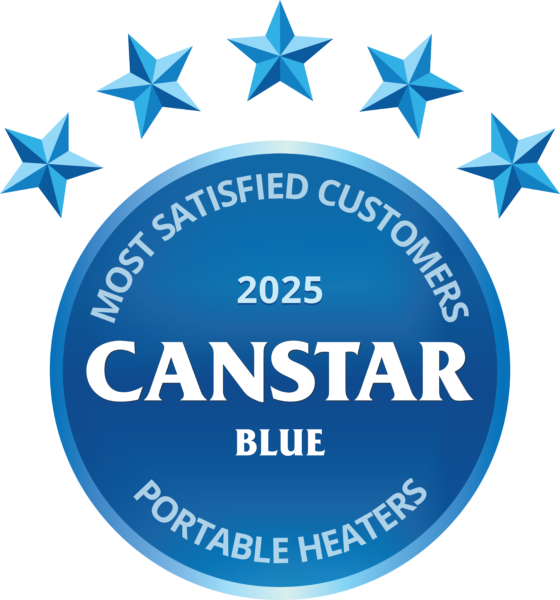
Dyson’s heaters are a hot favourite with Kiwi consumers, winning Canstar Blue’s Portable Heaters Award.

Our review compares portable heaters on customer satisfaction, so you can discover what other Kiwis think about our compared portable heater brands before you go ahead and make a purchase. Think of it like asking hundreds of your friends and family which portable heater brand they think is best!
Canstar Blue surveyed 556 Kiwis who had bought a new portable heater over the past two years for their feedback on the heater they bought.
Respondents rate their satisfaction with their heater brands from zero to ten, where zero is extremely dissatisfied and ten is extremely satisfied. Brand satisfaction was rated by respondents on the following criteria:
The winning brand is the one that receives the highest Overall Satisfaction rating once all the scores from the Overall Satisfaction criteria are combined and averaged.
Brands must have received at least 30 responses to be included, so not all brands available in the market have been compared in this survey. The brands rated in this survey are listed below in order of best overall satisfaction.
Find more information on our Most Satisfied Customer methodology.

This year’s award win for Dyson marks the second win for the heater brand in three years. Dyson takes home our award on the back of its top 5-Star rating for Overall Satisfaction. It’s a score its customers also award it for Reliability and Quietness.
Dyson has three 4-Star ratings, for Effectiveness, Features and Appearance, and earns its lowest score for Value for Money, which is a reflection of Dyson products’ higher price points, compared with the other portable heater brands on our awards table.
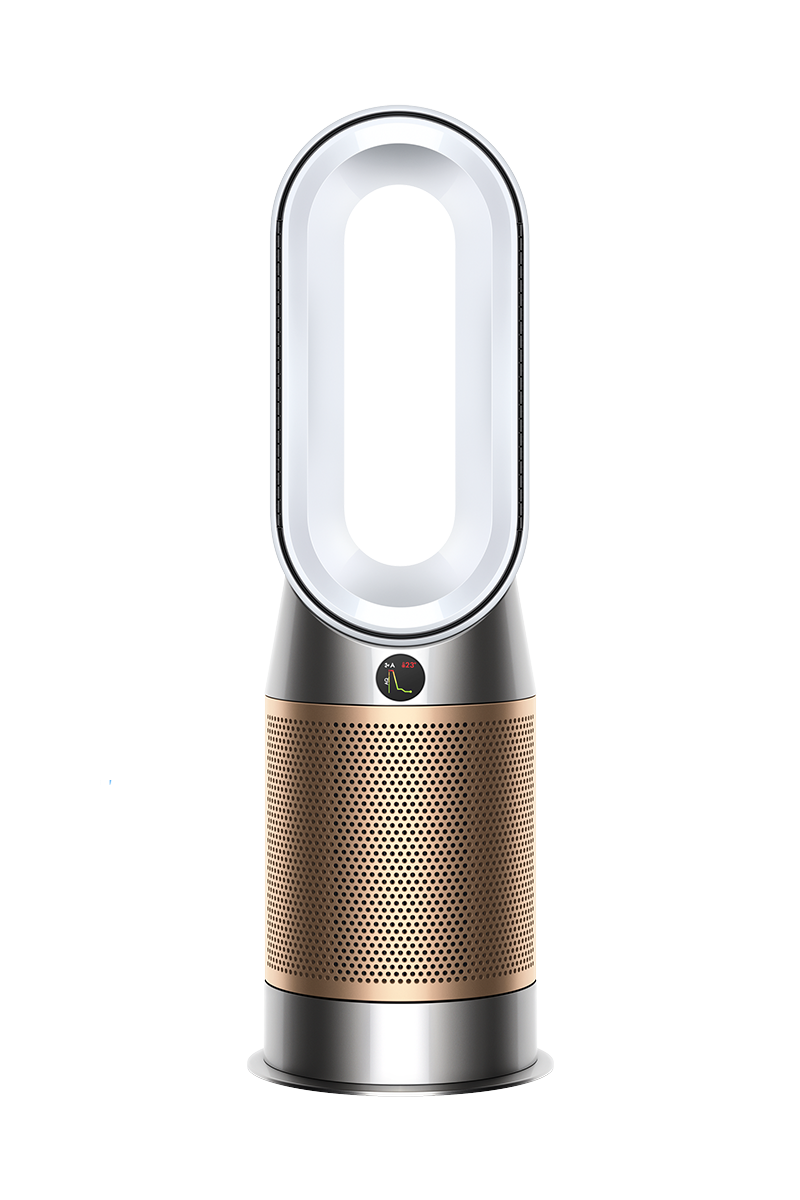
Dyson’s range of five portable heaters are more like air conditioners than conventional heaters, as the products in the range also act as air purifiers, and can cool as well as heat. Because of this added functionality, they are also considerably more expensive than conventional portable electric heaters.
Prices start at $449 for the Dyson Hot + Cool Jet Focus. Dyson’s Purifier Hot+Cool Formaldehyde purifying fan heater is the brand’s premium model, which retails for around $999 and includes the following features:

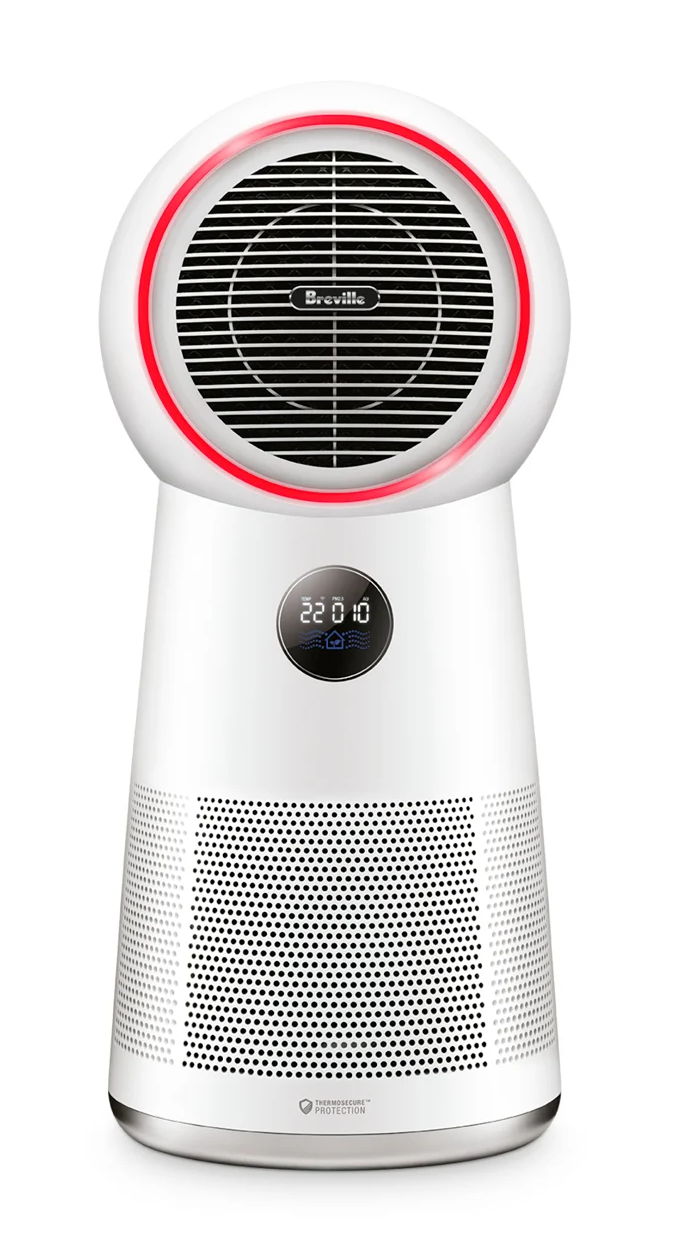
Sitting in second position on our awards table, Breville earns predominantly 4-Star ratings across our award categories, including for Overall Satisfaction. Breville achieves its lowest ratings, 3 Stars, for Quietness and Value for Money.
Breville sells two multi-function purifiers: the 1800W AirRounder Connect, for smaller rooms, ($469.95) and the 2200W AirRounder Plus Connect, for larger spaces ($679.95).
Each model features heating and cooling settings, three-stage air purification and can be controlled by voice or via a smart-phone app.

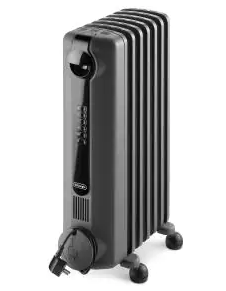
Last year’s Portable Heaters award winner, De’Longhi places third on our awards table, albeit with an impressive set of ratings. The Italian brand earns predominantly top 5-Star ratings across all our award categories, plus two great 4-Star ratings, for Quietness and Overall Satisfaction.
De’Longhi has a range of three types of portable heater:
Oil column: ten models covering 1500W, 2000W and 2400W heaters – prices from $175 to $389.
Convection: six models from 1600W to 2400W – prices from $100 to $400.
Fan heaters: three models from 2000W to 2400W – prices from $199 to $330.
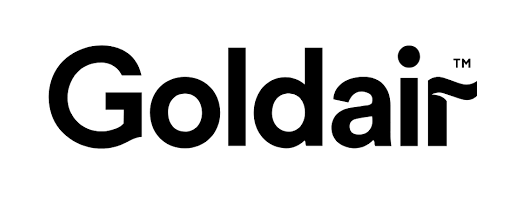
Rewarded with a 4-Star Overall Satisfaction Rating by its customers, Goldair earns predominantly 4-Star ratings, plus a top 5-Star rating for Effectiveness.
Goldair retails two portable heating solutions, in the form of panel heaters and portable air conditioners. Top-of-the-range models feature wi-fi and smart home integration.
Panel heaters: six models from 2000W to 2400W – prices from $230 to $500.
Air conditioners: two models, 2.64kW ($550) and 3.53kW ($650), delivering heating and cooling, plus dehumidifying settings.

The Warehouse’s own brand Living & Co earns mainly 3-Star scores in our award ratings. However, while 3 Stars is not a top rating, it’s by no means a measure of dissatisfaction on the part of the respondents in our survey. Rather, a 3-Star rating shows that consumers are happy with a brand’s performance in an awards category.
Living & Co’s range of heaters comprises:
Fan heaters: two 2000W models, $19 and $35.
Oil heaters: three models from 800W to 2400W – prices from $42 to $79.
Panel heaters: three models from 1000W to 2000W – prices from $45 to $69.
Radiant heater: one 2400W model, $89.
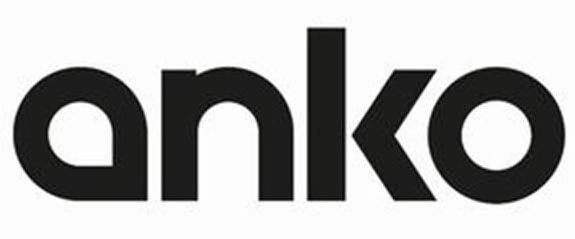
Anko is Kmart’s own brand. While it delivers solid 3-Star ratings across all categories, for Value for Money it earns a top 5-Star rating, which is not surprising given Anko’s focus on budget-friendly products and prices.
During colder winter months, Kmart stocks a small, budget range of electric heaters. The range includes oil, radiant, ceramic and fan heaters sold under the Anko brand. Typically, all Kmart heaters come with a safety tip-over switch, overheat protection and a 12-month manufacturer’s warranty.
There are many things to consider when choosing the right portable heater to match your home and budget. However, it’s essential to consider certain key factors when making your purchase.
Overall, for most consumers in our survey, Reliability and Effectiveness are the key considerations. This is understandable, as a heater has one main job: to heat up a room quickly and effectively.
And while Value for Money (13%) is the third most important factor, it’s on a par with Quietness, which has become increasingly important with the rise in popularity of tower fan heaters.
Here is the full rundown of what the portable heater consumers in our survey said were the main things they considered when rating their purchases:

There are various types of electric portable heaters. Here’s an overview of each:
Like oil column heaters, convection heaters warm cold air by pulling it over heated elements. The air then rises and slowly circulates around the room. Most units including a fan to speed up the natural convection flow.
Fan heaters come in different shapes and sizes, but all have a fan that distributes heated air. The bigger the fan, the better the heat distribution. Small fan heaters, often featuring ceramic elements, can be a good option if you are the only person in a small room.
Oscillating tower fan heaters usually have a radiant heat source and a fan, and are designed to heat an entire room evenly. Models such as those offered by Dyson and Breville act as portable air conditioners, and can heat or cool air, as well as filter it for dust and pathogens.
A micathermic heater combines convection and reflective heating to quickly heat a room. Micathermic heaters are similar to oil-column heaters, but heat mineral sheets, instead of columns containing hot oil.
Oil column heaters warm the air through metal fins that have hot oil circulating through them. The hot air rises and then slowly circulates around the room, providing background warmth.
Oil-free column heaters look like traditional oil column heaters, but instead of oil they use heating elements. This makes them quicker to warm and lighter to move than conventional oil heaters.
A flat-panel heater draws in cold air over a large, heated ceramic surface; the heated air then rises. While often promoted as economical to run, low-watt panel heaters produce very little heat.
Radiant heaters are bar heaters with glowing elements and a reflector. They heat objects and people rather than the air in a room, and are either free-standing or wall-mounted, so they can be fixed high out of reach of small children.
When shopping for an electric heater, consumers should also consider:

Even though portable heaters don’t come with a star rating, you can still work out how much electricity a model will use, and its running cost, by making an estimate based on the following factors:
For example a 2000W heater will use 2kW of electricity per hour when turned up to its highest setting.
So if you’re paying the average NZ price for your power, which is 35.36c per kW, your heater will cost around 71c per hour to run at max temp (2 x 35.36c).
When choosing the right portable electric heater for your home, always consider the unit’s wattage. The greater the wattage, the more heat the appliance will produce, and the more electricity it will use. And keep this in mind when setting your desired temperature, too!
If you’re spending a fortune on heating using an electric portable heater, it may be worthwhile considering investing in a heat pump. For although they are more expensive to purchase and install, they are considerably more energy efficient.
Heat pumps offer the best energy efficiency of any heating method. This is because a heat pump doesn’t create heat. It simply transfers heat from one place to another.
Even when it’s cold outside, there is warmth present in the atmosphere. Using the same compressor technology as a fridge or freezer, a heat pump collects heat from the outside air and transfers the heat to inside the home.
The process is incredibly energy efficient. This is clear from the coefficient of performance (COP) of a heat pump, which measures how much heat you get per kW of energy consumed.
While a regular electric heater has a COP of 1 (1kW of energy produces 1kW of heat), a heat pump typically has a COP of 2-5 (1kW of energy produces 2-5kW of heat).

Bruce Pitchers is Canstar NZ’s Content Manager. An experienced finance reporter, he has three decades’ experience as a journalist and has worked for major media companies in Australia, the UK and NZ, including ACP, Are Media, Bauer Media Group, Fairfax, Pacific Magazines, News Corp and TVNZ. As a freelancer, he has worked for The Australian Financial Review, the NZ Financial Markets Authority and major banks and investment companies on both sides of the Tasman.
In his role at Canstar, he has been a regular commentator in the NZ media, including on the Driven, Stuff and One Roof websites, the NZ Herald, Radio NZ, and Newstalk ZB.
Away from Canstar, Bruce creates puzzles for magazines and newspapers, including Woman’s Day and New Idea. He is also the co-author of the murder-mystery puzzle book 5 Minute Murder.
We asked those in our survey a few more questions about their home-heating habits:
Only heat rooms used to save money: 69%
Think portable heaters are the most practical heating option: 33%
Use portable heaters because can’t afford heat pump: 23%
Canstar Blue surveyed 2503 New Zealand consumers across a range of categories to measure and track customer satisfaction, via ISO 26362 accredited research panels managed by Qualtrics. The outcomes reported are the results from customers who have purchased and used a domestic heat pump in the last two years. In this case, 556 New Zealanders. Brands must have received at least 30 responses to be included. Results are comparative and it should be noted that brands receiving three stars have still achieved a satisfaction measure of at least six out of 10. Not all brands available in the market have been compared in this survey. The ratings table is first sorted by star ratings and then by mean overall satisfaction. A rated brand may receive a ‘N/A’ (Not Applicable) rating if it does not receive the minimum number of responses for that criterion.
The past winners from Canstar Blue’s Portable Heaters ratings:
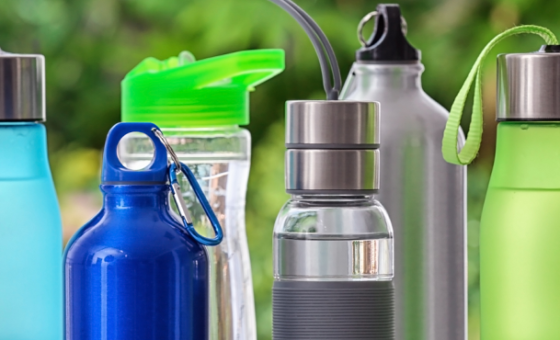
Appliances - March 28th
Why do I need to clean my water bottle/travel mug?
Cleaning your water bottle or travel mug regularly is essential for several reasons:
Hygiene: bacteria, mould, and other microorganisms can accumulate in your water bottle or …
– Read more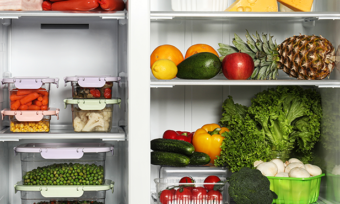
Best-rated Electricity Providers - March 26th
What is a top fridge-freezer?
A top fridge-freezer refers to a type of refrigerator-freezer unit where the freezer compartment is located at the top of the appliance, above the refrigerator compartment. In this design, the freezer …
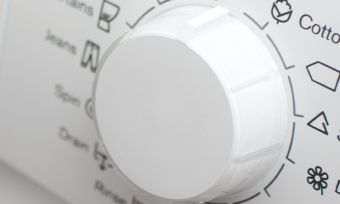
Why do delicates need to be washed differently?
Delicate items, like silk blouses or lace lingerie, need special care when washing because they’re made of fragile fabrics or have intricate details. Regular washing machines and harsh …
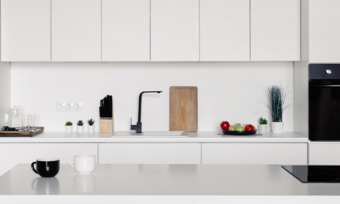
Kitchen appliances
Air fryers
3.75L Air Fryer ($85)
If it’s your first time buying an air fryer, or you’re not willing to break the bank, consider Kmart’s affordable 3.75L air fryer. Prepare delicious, crispy fries, nuggets and more …
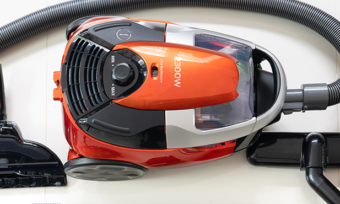
If you vacuum sucks at sucking, it could just need a deep clean. Keeping your vacuum cleaner in top shape ensures it provides optimal performance, lasts longer, and remains hygienic. This comprehensive guide caters to …
– Read more